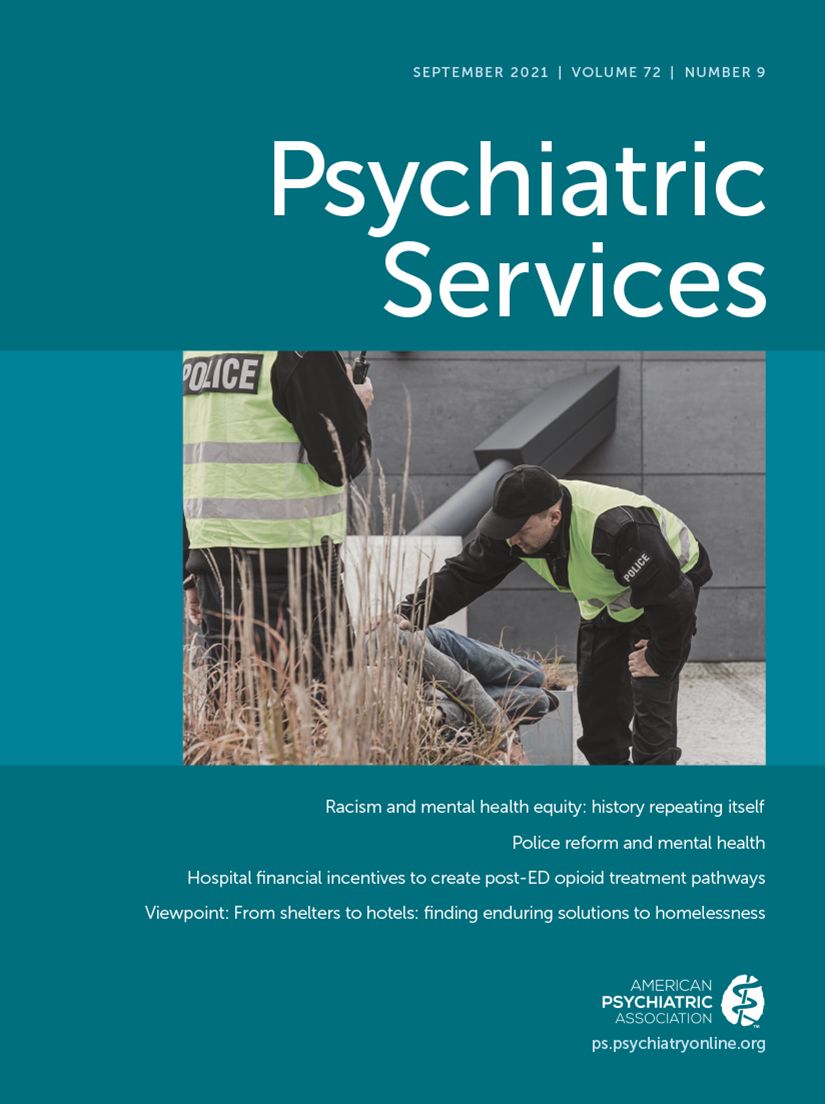Factors Associated With Off-Label Utilization of Second-Generation Antipsychotics Among Publicly Insured Adults
Abstract
Objective:
Off-label utilization of second-generation antipsychotic medications may expose patients to significant risks. The authors examined the prevalence, temporal trends, and factors associated with off-label utilization of second-generation antipsychotics among publicly insured adults.
Methods:
A retrospective repeated panel was used to examine monthly off-label utilization of second-generation antipsychotics among fee-for-service Medicare, Medicaid, and dually eligible White, Black, and Latino adult beneficiaries filling prescriptions for second-generation antipsychotics in California, Georgia, Mississippi, and Oklahoma from July 2008 through June 2013.
Results:
Among 301,367 users of second-generation antipsychotics, between 36.5% and 41.9% had utilization that was always off-label. Payer did not modify effects of race-ethnicity on off-label utilization. Compared with Whites, Blacks had lower monthly odds of off-label utilization in all four states, and Latinos had lower odds of utilization in California and Georgia. Payer was associated with off-label utilization in California, Mississippi, and Oklahoma. California Medicaid beneficiaries were 1.12 (95% confidence interval=1.10–1.13) times as likely as dually eligible beneficiaries to have off-label utilization. Off-label utilization increased relative to the baseline year in all states, but a downward trend followed in three states.
Conclusions:
Off-label utilization of second-generation antipsychotics was prevalent despite the drugs’ cardiometabolic risks and little evidence of their effectiveness. The lower likelihood of off-label utilization among patients from racial-ethnic minority groups might stem from prescribers’ efforts to minimize risks, given a higher baseline risk for these groups, or from disparities-associated factors. Variation among payers suggests that payer policies can affect off-label utilization.



